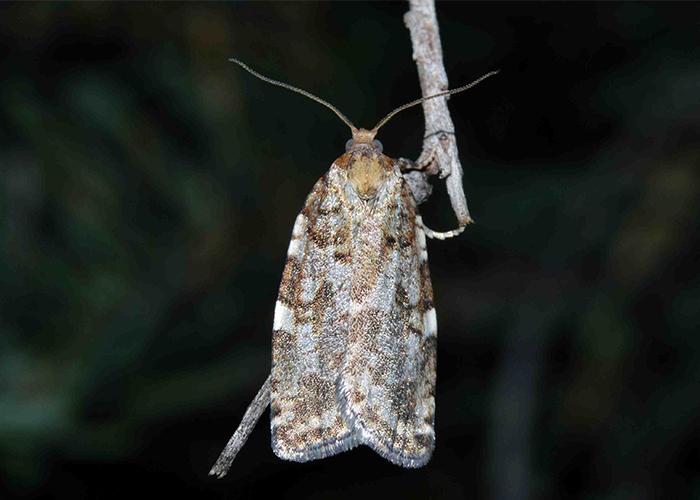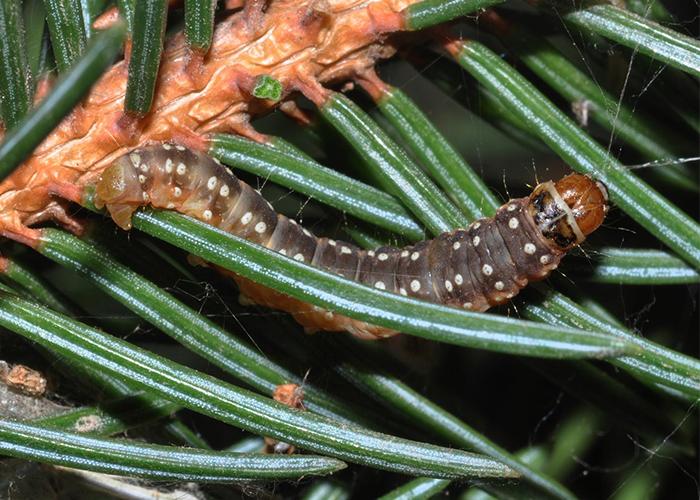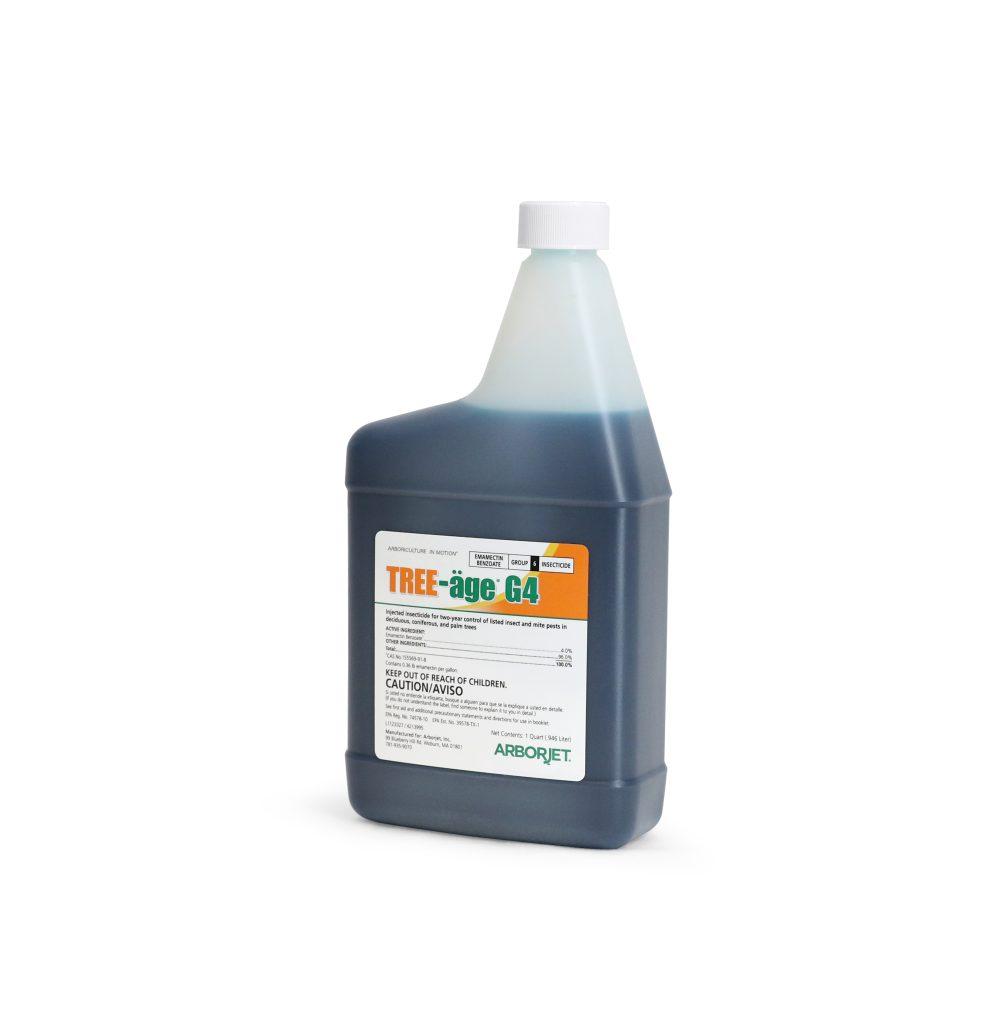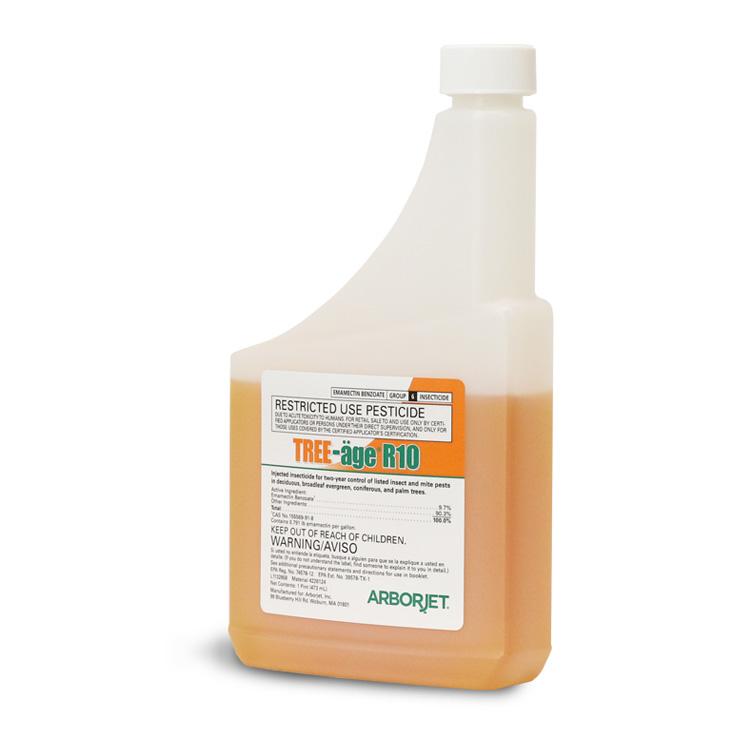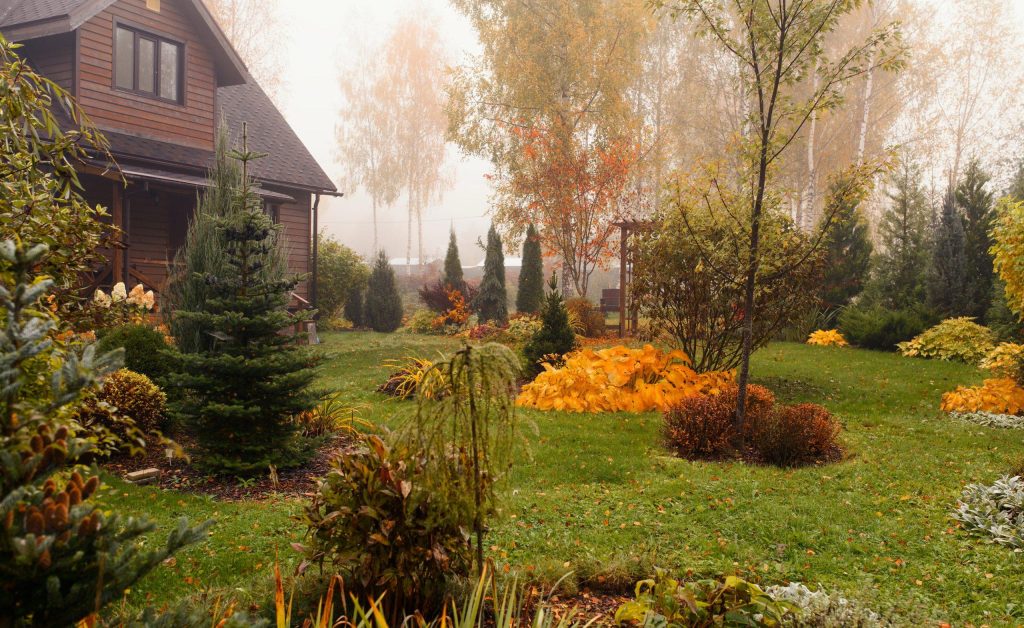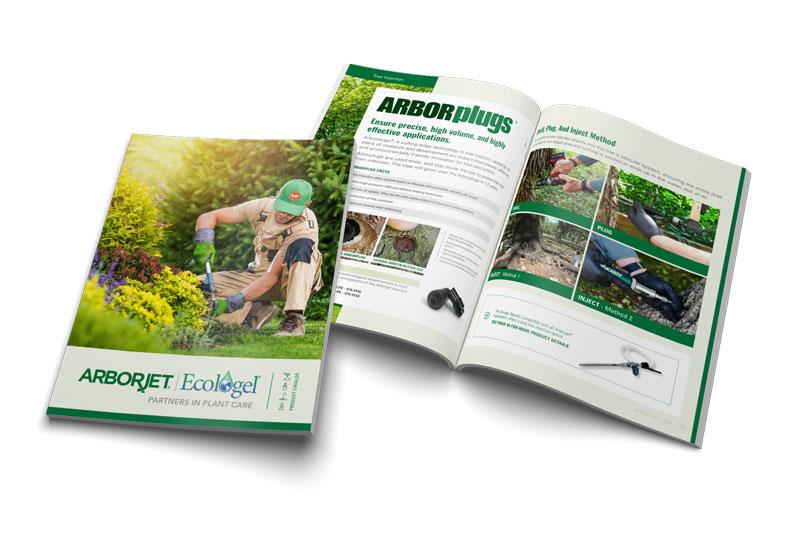Western Spruce Budworm
The Western Spruce Budworm (WSBW, Choristoneura occidentalis), is the most widely distributed defoliator of coniferous forests in western North America. As more people settle in the wildland interface, this insect is rapidly becoming more of a problem. Forested areas with severe WSBW outbreaks often come under attack from bark beetles and become more susceptible to wild fire risks.
This insect is active in the Rocky Mountains from Arizona and New Mexico northward into Colorado, Utah, Wyoming, Montana, and Idaho; in the Pacific Northwest in Oregon and Washington. WSBW primarily attacks Douglas-fir,firs (grand, white, subalpine and corkbark) and spruce (blue, Engelmann and white).
Common Symptoms
Larvae do not feed immediately but spin a silken tent called a ‘hibernacula’ underneath the bark scales and within lichen masses. They overwinter within the hibernacula and emerge in late May early June to mine new needles and cones. Larvae leave traces of silken webbing and bits of excrement at entrance sites. As needles elongate, the larvae weave several needles together resulting in twisting and stunting of new growth.
Treatments
Arborjet recommends a trunk injection of TREE-äge® (G4 or R10) in the fall as this allows the product to distribute upwards in time for late spring emergence. If new outbreaks are found, use ACE-jet™ initially and follow with a sequential application of TREE-äge as a piggy back treatment.
References And Photo Credits
Main Photo of WSBW adult taken by William M. Ciesla, Forest Health Management International, Bugwood.org
WSBW Larva taken by William M. Ciesla, Forest Health Management International, Bugwood.org
WSBW defoliation of spruce branch taken by William M. Ciesla, Forest Health Management International, Bugwood.org
WSBW defoliation of spruce stand taken by William M. Ciesla, Forest Health Management International, Bugwood.org

